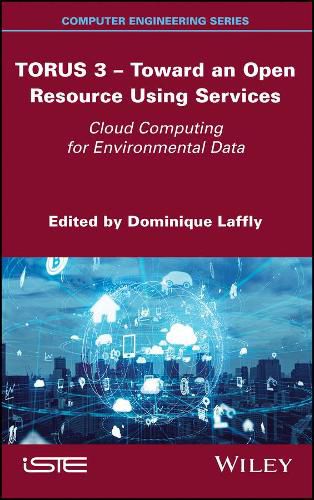Readings Newsletter
Become a Readings Member to make your shopping experience even easier.
Sign in or sign up for free!
You’re not far away from qualifying for FREE standard shipping within Australia
You’ve qualified for FREE standard shipping within Australia
The cart is loading…






This book, presented in three volumes, examines AenvironmentalA disciplines in relation to major players in contemporary science: Big Data, artificial intelligence and cloud computing. Today, there is a real sense of urgency regarding the evolution of computer technology, the ever-increasing volume of data, threats to our climate and the sustainable development of our planet. As such, we need to reduce technology just as much as we need to bridge the global socio-economic gap between the North and South; between universal free access to data (open data) and free software (open source). In this book, we pay particular attention to certain environmental subjects, in order to enrich our understanding of cloud computing. These subjects are: erosion; urban air pollution and atmospheric pollution in Southeast Asia; melting permafrost (causing the accelerated release of soil organic carbon in the atmosphere); alert systems of environmental hazards (such as forest fires, prospective modeling of socio-spatial practices and land use); and web fountains of geographical data. Finally, this book asks the question: in order to find a pattern in the data, how do we move from a traditional computing model-based world to pure mathematical research? After thorough examination of this topic, we conclude that this goal is both transdisciplinary and achievable.
$9.00 standard shipping within Australia
FREE standard shipping within Australia for orders over $100.00
Express & International shipping calculated at checkout
This book, presented in three volumes, examines AenvironmentalA disciplines in relation to major players in contemporary science: Big Data, artificial intelligence and cloud computing. Today, there is a real sense of urgency regarding the evolution of computer technology, the ever-increasing volume of data, threats to our climate and the sustainable development of our planet. As such, we need to reduce technology just as much as we need to bridge the global socio-economic gap between the North and South; between universal free access to data (open data) and free software (open source). In this book, we pay particular attention to certain environmental subjects, in order to enrich our understanding of cloud computing. These subjects are: erosion; urban air pollution and atmospheric pollution in Southeast Asia; melting permafrost (causing the accelerated release of soil organic carbon in the atmosphere); alert systems of environmental hazards (such as forest fires, prospective modeling of socio-spatial practices and land use); and web fountains of geographical data. Finally, this book asks the question: in order to find a pattern in the data, how do we move from a traditional computing model-based world to pure mathematical research? After thorough examination of this topic, we conclude that this goal is both transdisciplinary and achievable.